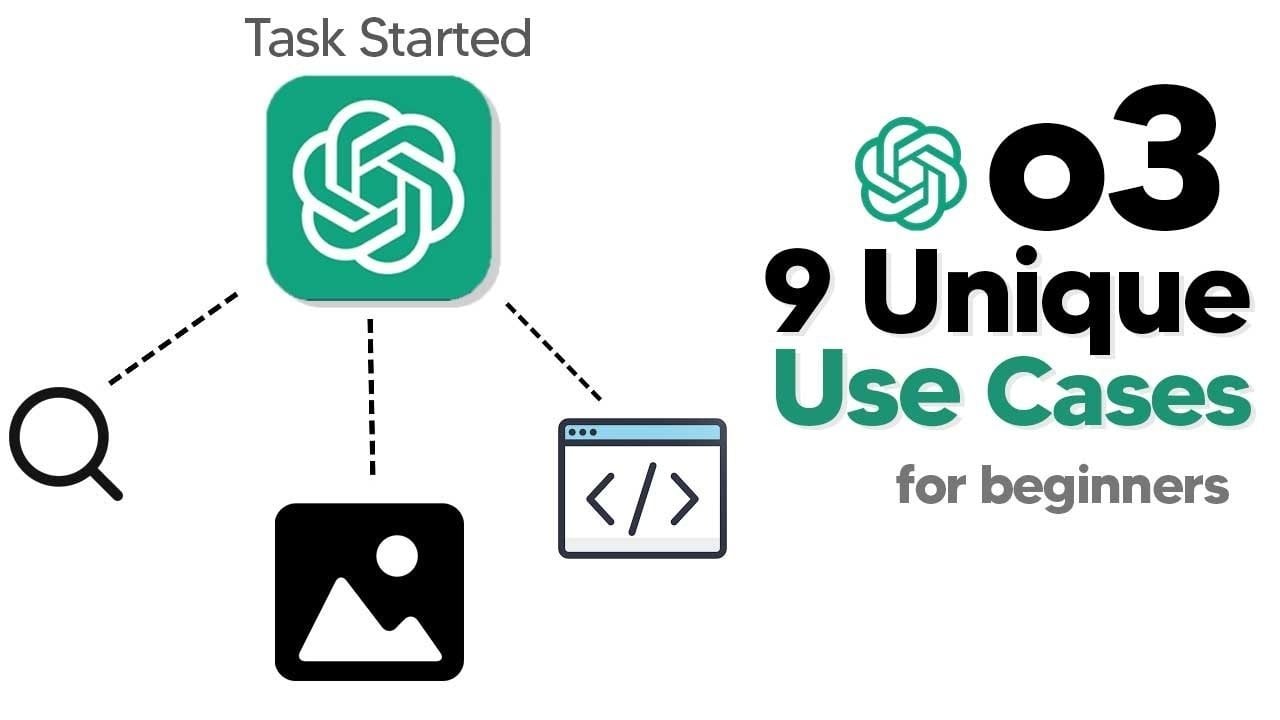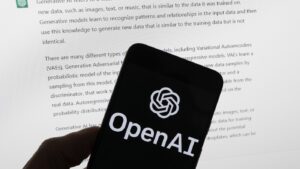Beginners Guide to 9 Use Cases of OpenAI O3 Model in 2025

Exploring OpenAI’s o3 Model: A Powerful AI Assistant
What if you had an AI companion that could analyze complex data, craft engaging narratives, solve complicated problems, and adapt to various real-world situations—all with minimal input? OpenAI’s o3 model is here, pushing the boundaries of artificial intelligence. This innovative AI gathers strength from its autonomy and versatility, allowing it to function as a partner rather than just a tool. However, with this immense potential come some limitations that require careful consideration. Let’s delve into how the o3 model operates, its unique capabilities, and some of its challenges.
Understanding OpenAI o3
Key Features at a Glance
- Autonomous Functioning: The o3 model can tackle complex problems and retrieve real-time information without constant guidance.
- Advanced Analytical Tools: It integrates Python programming and web browsing capabilities, making it suitable for various tasks across numerous industries.
- Cost and Usage Restrictions: Users are limited to 50 messages per week, and operational costs can be high.
Takeaways:
- The o3 model offers high autonomy and can adapt to dynamic situations.
- Key capabilities include image reasoning, business data analysis, in-depth research, creative content generation, and Python integration.
- Users should note its limitations, such as message restrictions and occasional inaccuracies.
What Makes the o3 Model Unique?
The o3 model is classified as an "agentic AI," which distinguishes it from traditional systems heavily reliant on predefined commands. This model possesses a high degree of independence, allowing it to autonomously handle challenging tasks, search for updated information, and adjust to changing circumstances. This adaptability is crucial for professionals aiming to refine workflows and support informed decision-making.
By utilizing tools like Python and web browsing, the o3 model not only processes static data but also engages with a wide variety of challenges across multiple industries. Understanding where it excels and where it may fall short is essential for maximizing its utility.
Key Abilities of the o3 Model
The o3 model is equipped with several remarkable features that enhance its usefulness across different fields, including:
Advanced Image Reasoning: It can interpret visual information to solve problems, identify patterns, and analyze images, making it valuable for sectors like logistics and design.
Business Data Analysis: The model simplifies complex dataset interpretations by generating visual aids, helping professionals in marketing and finance to develop data-driven strategies.
In-Depth Research and Market Insight: With its web browsing capabilities, the o3 model can conduct extensive research, analyze market trends, and generate detailed reports, making it beneficial for consulting and planning.
Creative Writing: The AI can craft compelling narratives and persuasive content, making it ideal for projects requiring creativity, despite potential cost limitations for routine tasks.
- Python Integration: It can run Python scripts and interpret coding queries, enhancing its value for developers and data analysts who need to solve computational problems.
Practical Applications of the o3 Model
OpenAI’s o3 model has showcased several exciting use cases that illustrate its capabilities, such as:
- Analyzing complex datasets to derive actionable insights.
- Generating visualizations that help to identify trends.
- Crafting content that resonates with target audiences.
- Supporting strategic business decisions.
- Enhancing creative workflows through versatile content creation.
- Conducting market research and competitive analysis.
- Performing technical tasks, like code interpretation and data analysis.
Limitations You Should Know
While promising, the o3 model does come with some challenges that users should consider:
Message Limitations: Users can only send 50 messages per week, making it imperative to prioritize tasks effectively.
Occasional Inaccuracies: The model can sometimes generate incorrect or misleading information, requiring users to verify results, especially when working with crucial data.
Difficulty with Specific Tasks: Certain tasks, like detailed image analysis, may prove challenging.
- High Operational Costs: The advanced nature of this AI can lead to significant costs, making it less feasible for everyday applications.
Maximizing the o3 Model’s Potential
If you’re looking to harness the o3 model’s capabilities while navigating its limitations, consider the following best practices:
Prioritize High-Value Tasks: Use the model for projects where its advanced functions provide clear advantages.
Thoroughly Verify Outputs: Always check the AI’s results for accuracy, especially in critical contexts.
Utilize Complementary Tools: For simple tasks, consider using more budget-friendly AI systems to save resources.
- Familiarize with Strengths and Weaknesses: Understanding what the model does well and where it struggles will help you apply it effectively.
OpenAI’s o3 model marks a significant leap forward in AI technology. By providing a blend of operational independence and versatility, it enables professionals to tackle complex challenges. However, it is crucial to use it thoughtfully, keeping in mind its strengths and limitations for optimal efficiency and effectiveness.





